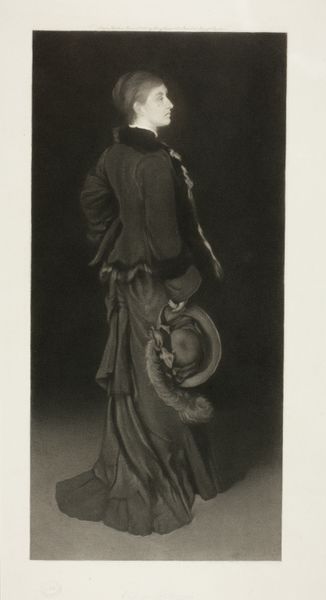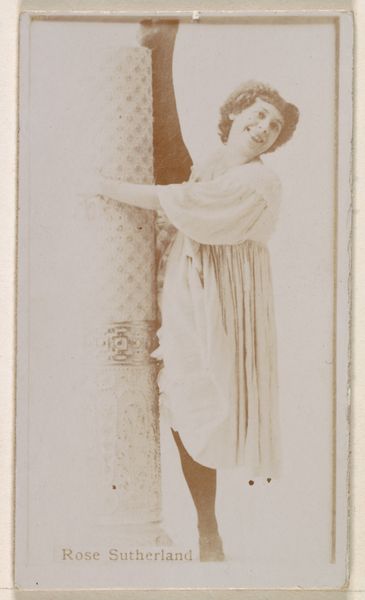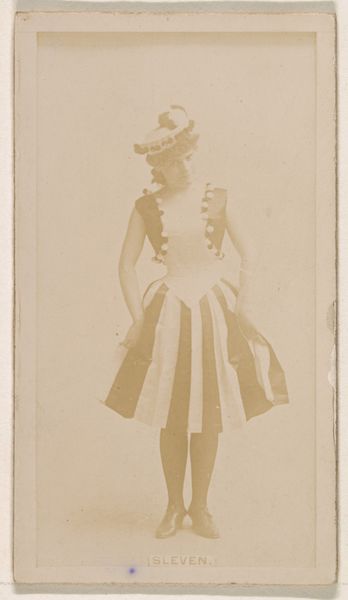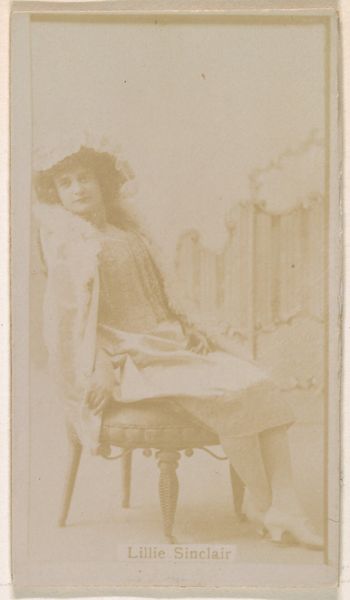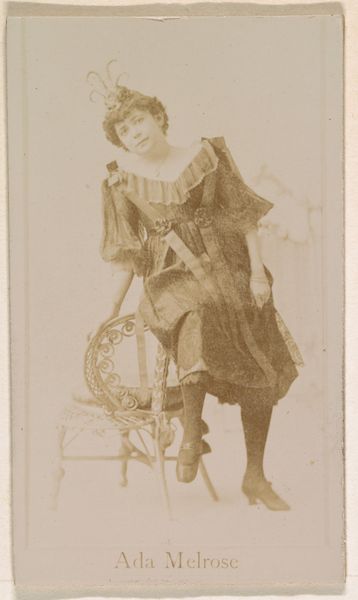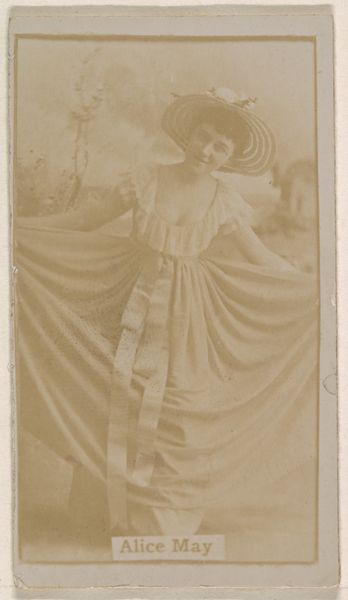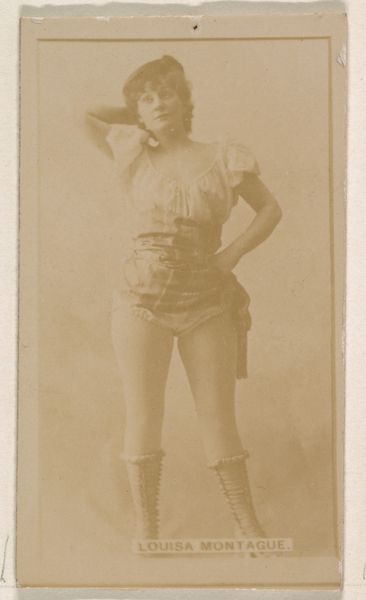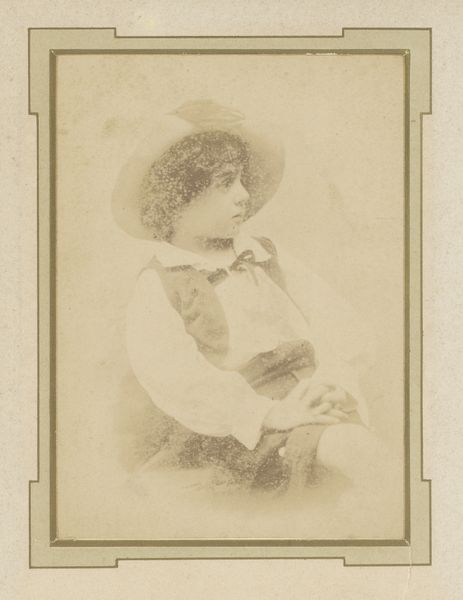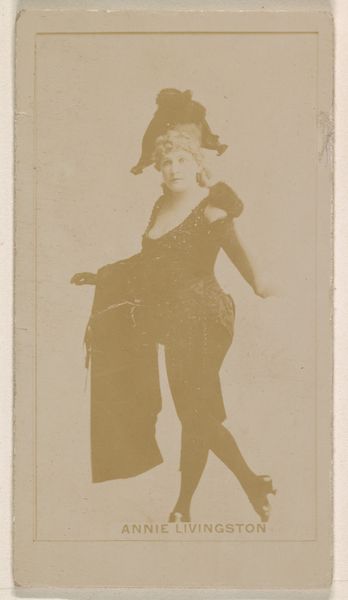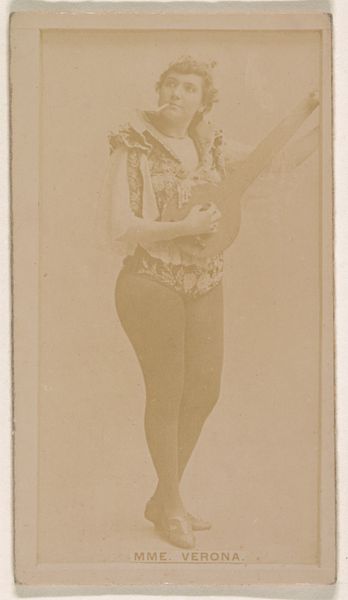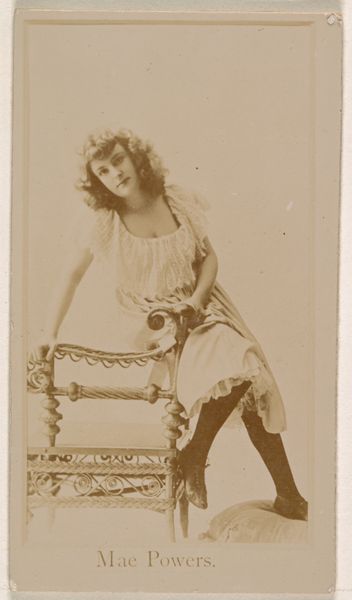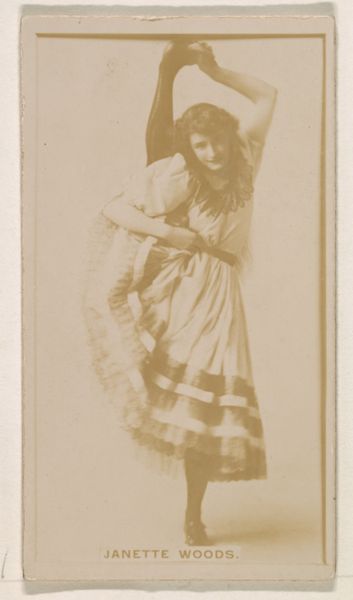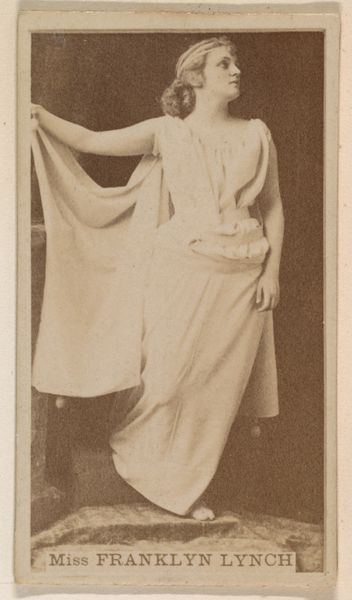
gelatin-silver-print, photography, gelatin-silver-print
#
gelatin-silver-print
#
photography
#
gelatin-silver-print
Dimensions: 7 3/8 x 9 1/8 in. (18.73 x 23.18 cm) (image)7 3/8 x 10 1/8 in. (18.73 x 25.72 cm) (mount)
Copyright: No Copyright - United States
Editor: Here we have an "Untitled" gelatin-silver print by Spooner & Wells, dating to around 1911, at the Minneapolis Institute of Art. It depicts a stately automobile, and its stark formality makes me think of social divisions and class. How do you interpret this work? Curator: That’s a great initial reading. I see this image as a potent symbol of the early 20th century, a period marked by immense social stratification and rapid technological advancement. This photograph, in its almost reverential depiction of the automobile, speaks to the growing power and visibility of a wealthy elite. Who had access to this kind of transportation? Editor: Certainly not everyone. This image seems like an advertisement targeted at a specific demographic. Curator: Exactly. And it is during this same period that the women’s suffrage movement was gaining momentum and labor unrest was becoming more widespread. So, while this photograph appears on the surface to be a celebration of technology and affluence, it’s also subtly implicated in those struggles for equality. Do you think the lack of a title adds another layer? Editor: Good question. Without a specific title, the photograph can represent any number of wealthy individuals or families, reinforcing the image of a homogenous elite. I wonder if it challenges us to critically examine that class? Curator: Perhaps. By not explicitly naming or individualizing the subject, Spooner & Wells could be making a statement about the systemic nature of wealth and privilege. It's also vital to question who decided not to title it. Was this the choice of the artists or the decision of another party sometime after its creation? Editor: That's a detail I hadn't considered. Looking at this photo now, I'm struck by its quiet way of communicating broader social issues, it is quite provocative! Curator: Exactly. It prompts us to consider how photography, even in its seemingly straightforward documentation of reality, is always imbued with social and political meaning. It really gets me thinking about the role of images in perpetuating—and challenging—power structures.
Comments
No comments
Be the first to comment and join the conversation on the ultimate creative platform.
